
OR
World Wetlands Day a low-key affair in Nepal
Published On: February 3, 2020 08:43 AM NPT By: SHREE RAM SUBEDI
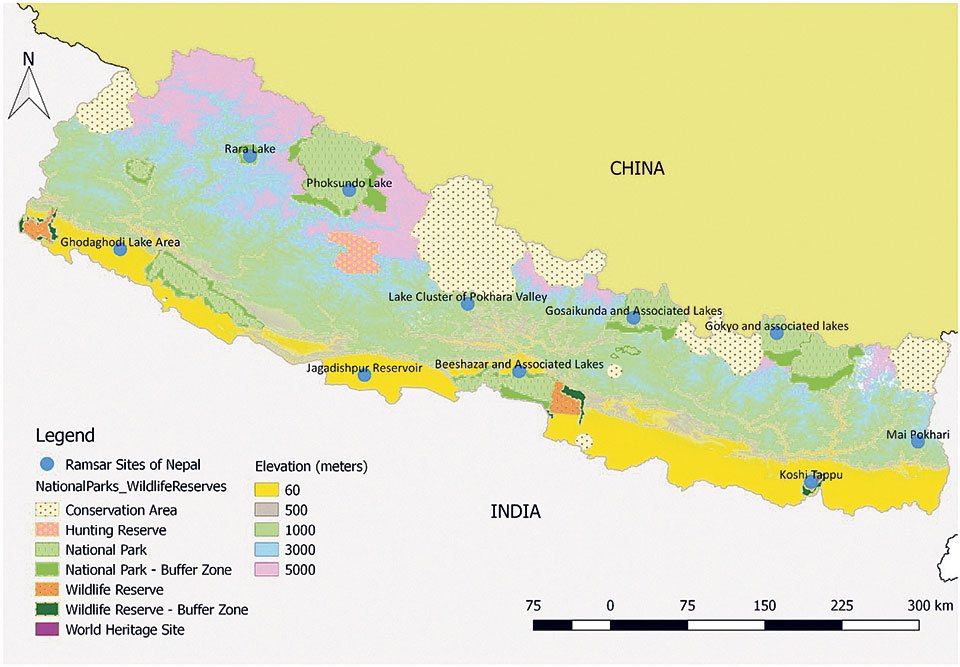
KATHMANDU, Feb 3: As the world celebrated the World Wetlands Day on February 2, Nepal joined the bandwagon. However, it remained a low-key affair, with wetland enthusiasts worried for their poor conservation status.
To mark the occasion, the Ministry of Forest and Environment (MoFE) placed a big poster about wetlands at Babarmahal on Sunday while an interaction was organized in Shivapuri National Park. The interaction was attended by the senior MoFE officials and representatives of non-government organizations working for conservation.
"Wetland is a key issue in conservation and it is a source of livelihoods for millions of people," said Top Khatri, a wetland expert, adding, "However, the international day on wetland for Nepal has always been a low-key affair."
The international day on wetlands is celebrated to raise global awareness about the vital role of wetlands for people and our planet. "Wetlands and Biodiversity" is the theme for 2020. The date marks the adoption of the Convention on Wetlands on 2 February 1971, in the Iranian city of Ramsar on the shores of the Caspian Sea.
Another wetland enthusiast, Shailendra Pokharel, too, is worried for the poor status of wetland conservation and management in Nepal. "It looks the wetlands are orphans as there is no dedicated institution to conserve them," said Pokharel. The rivers, lakes, the swampy rice fields, water logged areas and ponds are considered wetlands in Nepal.
It is estimated that about 750,000 hectares of wetlands exist in Nepal, which is over five percent of the total area of the country. Over 21 ethnic communities completely rely on them for their subsistence. They are the lifeline of ecosystem services, say experts.
The Constitution of Nepal envisions a safe and clean environment as the fundamental right of its citizens. State policy directives placed in Annex 5 of the Nepali constitution provide a special focus to natural resource management, and the wetlands of international importance and considered it as the subject matter of the federal government. Similarly, the Local Government Operation Act 2074 BS, clearly empowers the local governments to carry out activities to protect and safeguard the wetlands.
“There is a need for a coordinated action to conserve wetlands, " says secretary of MoFE, Dr Bishwa Nath Oli, adding, "Wetlands fall on protected areas, forest, public and private land, and there is an immediate need for mainstreaming the cross-cutting issue of wetlands.
" We have lost 87 percent of our wetlands in the past 300 years, and 35 percent ince 1970," secretary-general of the Ramsar Convention on Wetlands, Martha Rojas Urrego, said in an article published in Project Syndicate on 29 January, 2020.
"Today, wetlands are disappearing faster than any other ecosystem – three times faster than even forests. As they vanish, so does the life within them. More than 25 percent of wetland plants and animals – which comprise up to 40 percent of all the world's species – are at risk of extinction, and stocks of other remaining species are declining rapidly," Urrego said.
In case of Nepal, according to National Biodiversity Strategy and Action Plan (NBSAP-2014), there has been a decrease of 5.41 percent of the total wetland coverage due to expansion of croplands in Nepal. Major drivers of degradation are lack of clarity in policies and management responsibilities, inadequate technical, financial and institutional capacities, and population growth and their increasing demand for resources, among others.
Wetlands in Nepal harbor at least 230 indigenous fish species having higher economic, environmental and academic values. Also, 27 percent of nationally threatened bird species, 85 percent of endemic vertebrates and about 24 percent of government-protected plants are recorded from the wetlands.
You May Like This

Nepal's wetlands: Everybody's business is nobody's business
KATHMANDU, Nov 17: Wetlands cover around 6 percent of Nepal's surface area and more than 21 ethnic communities rely on... Read More...
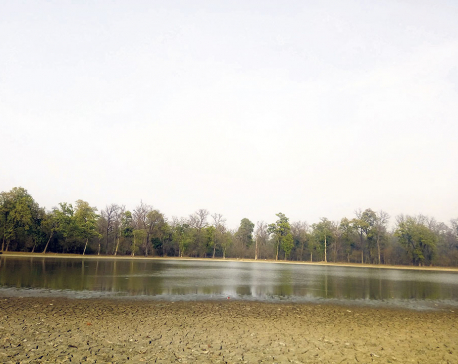
Kailali wetlands, lakes disappearing at an alarming rate
TIKAPUR, June 10: Until a few years back, Puraina Lake at Bhajani Municipality would offer a mesmerizing view. Cranes and... Read More...
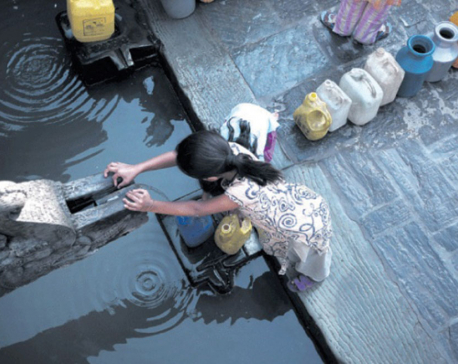
Save the wetlands
Houses in earlier times were made from wood and soil that were susceptible to fire. In case of fire, water reserve... Read More...
Just In
- CIAA files corruption case against two employees of Tikapur Land Revenue Office
- Infrastructure development gains momentum up in Gandaki Province
- Iran presidential helicopter in 'accident', search underway: state media (Updated)
- Water sources in CNP drying up due to drought, putting wild animals at risk
- Nepal to host int’l dialogue on climate change issues of mountainous countries
- JSP-N Chairman Yadav moves SC to bar seven defected lawmakers from parliamentary activity
- NEPSE surges 45.69 points, daily turnover increases to Rs 5.25 billion
- Police constable murder case: Connection to drugs and eve teasing revealed!




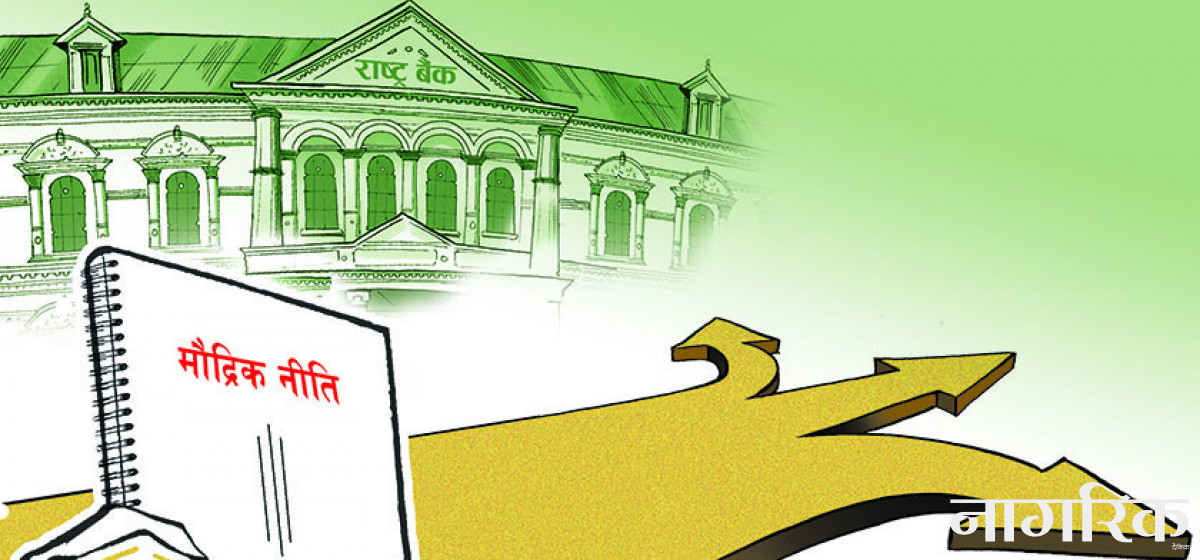
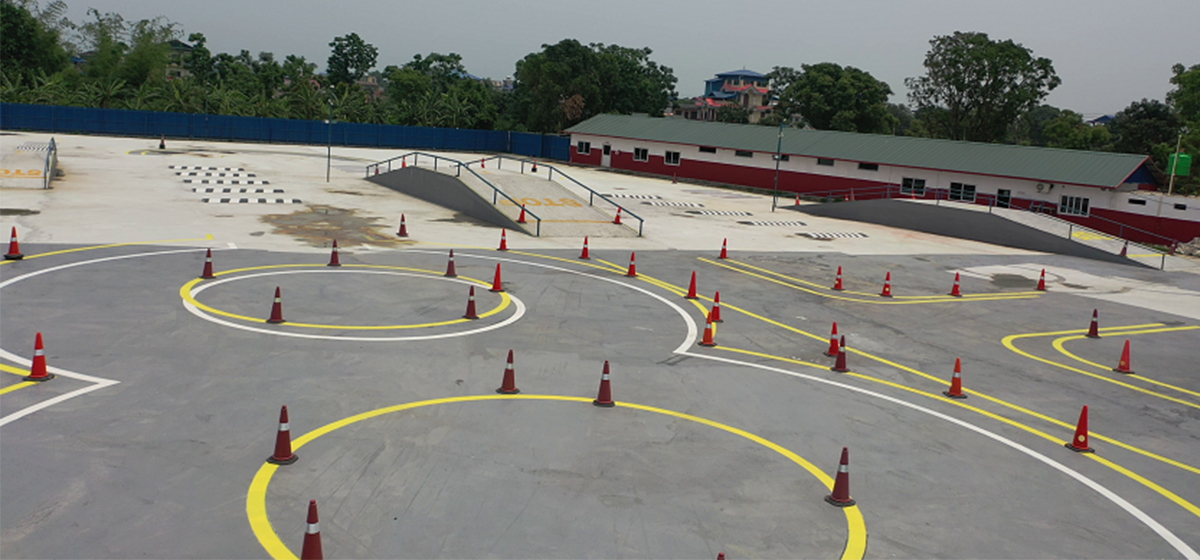
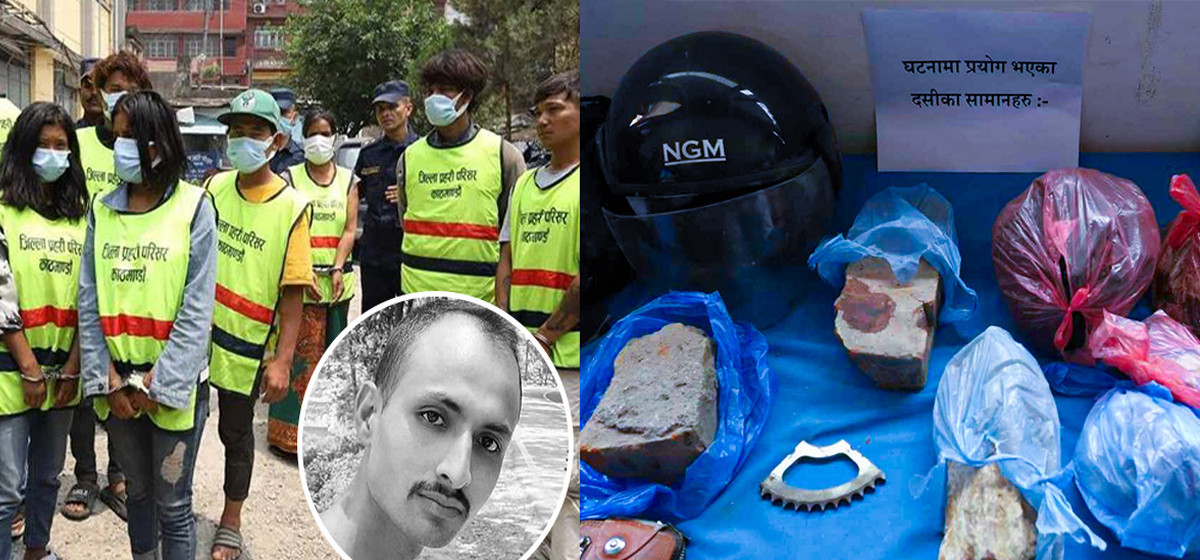


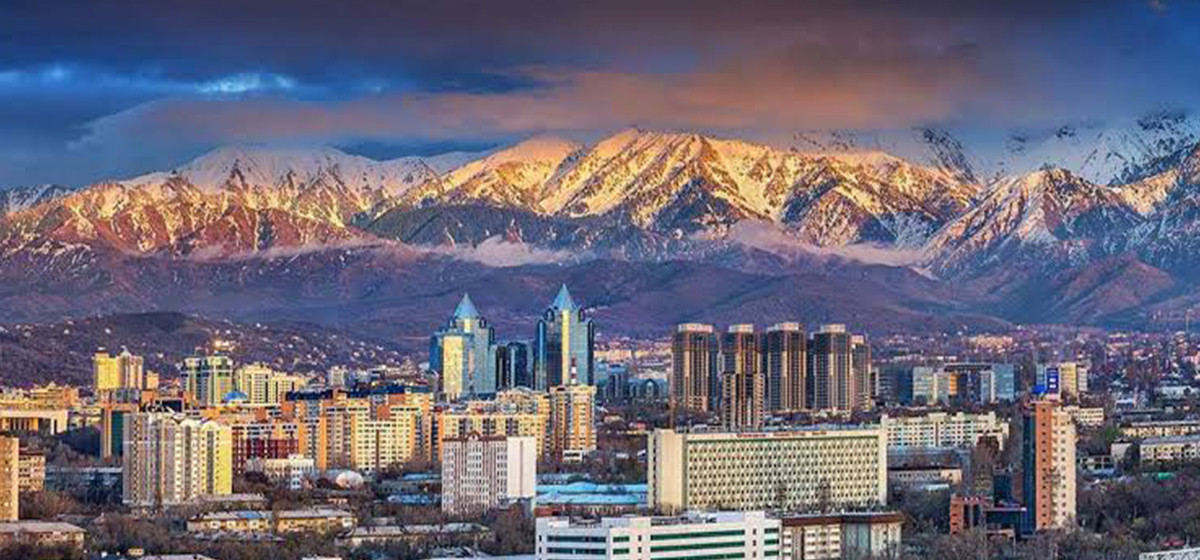


_20240311121839.jpg)

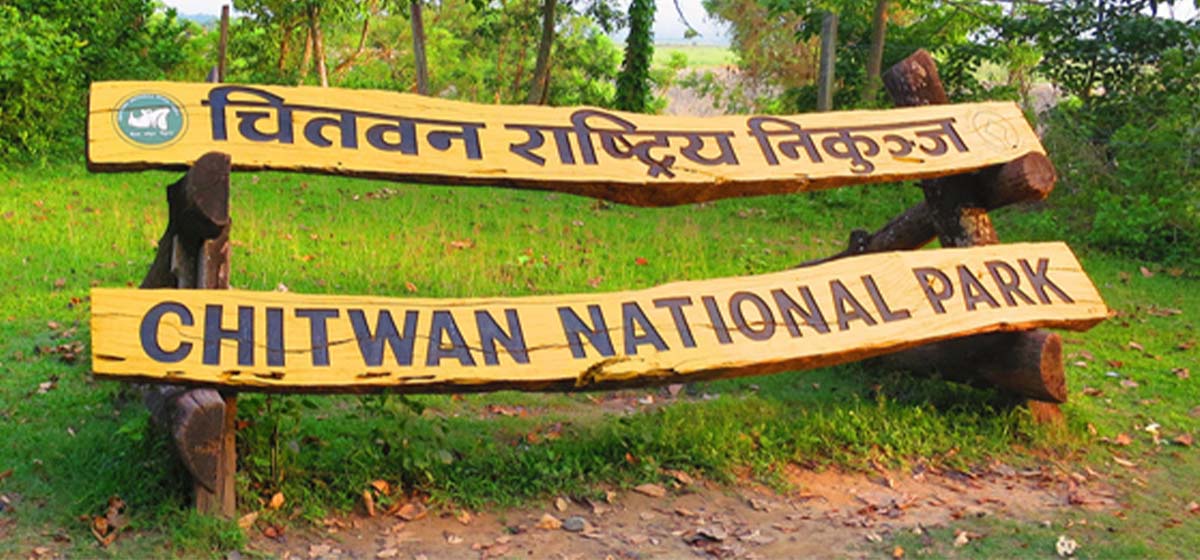



Leave A Comment